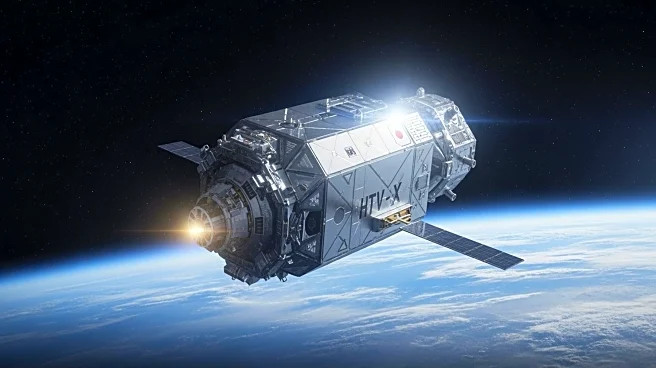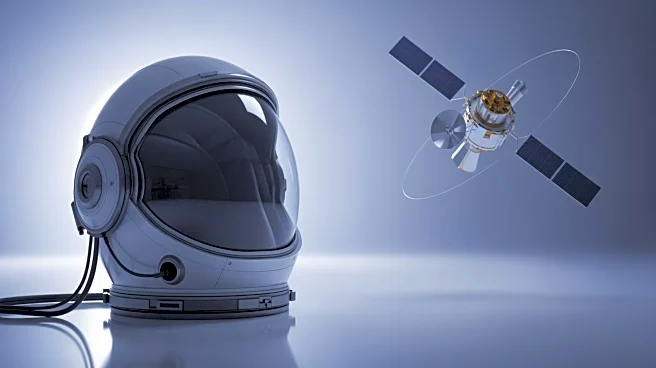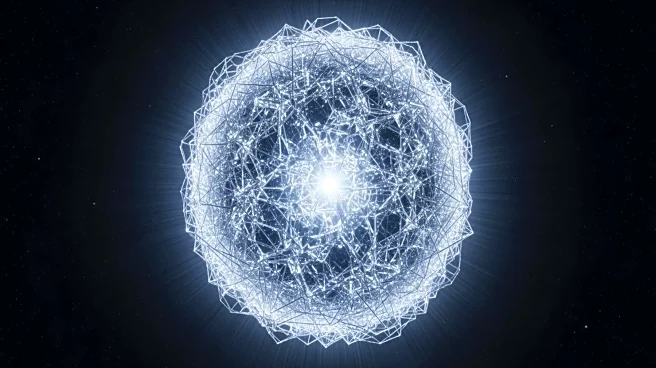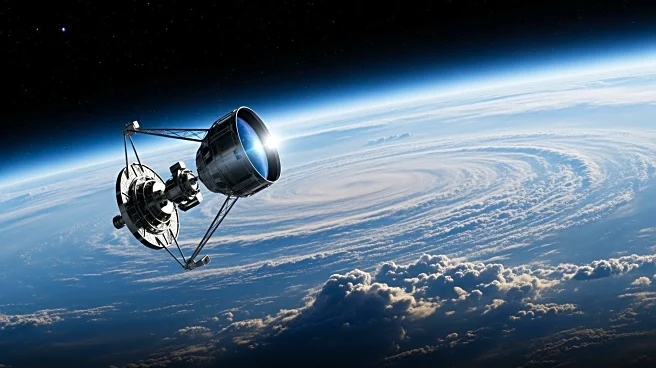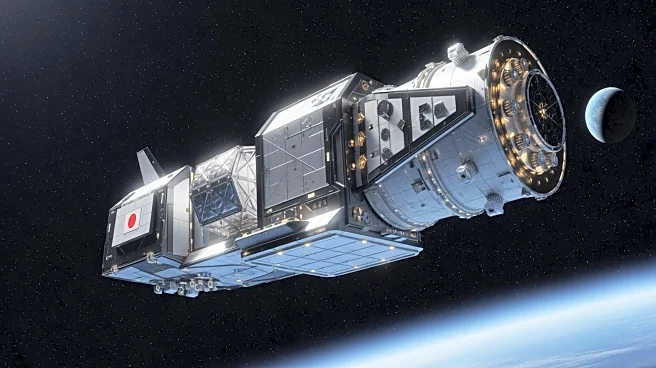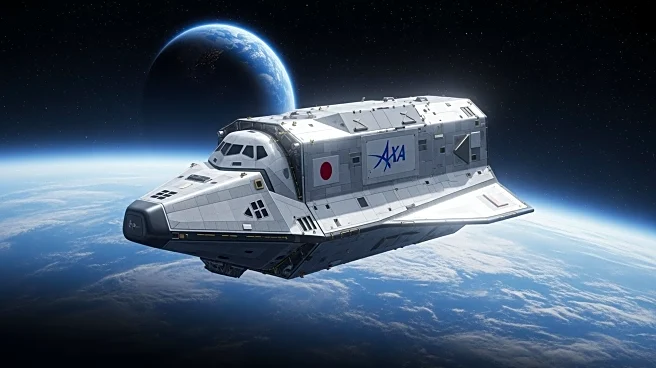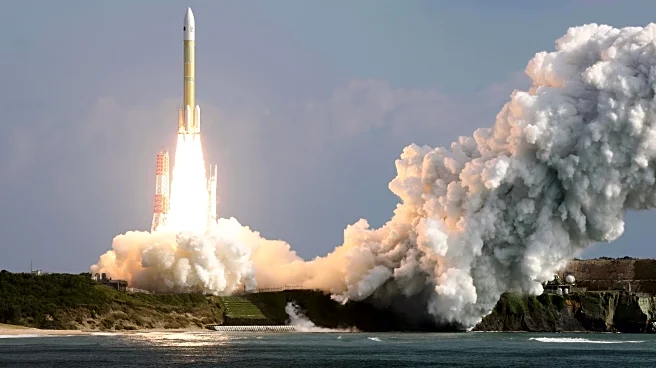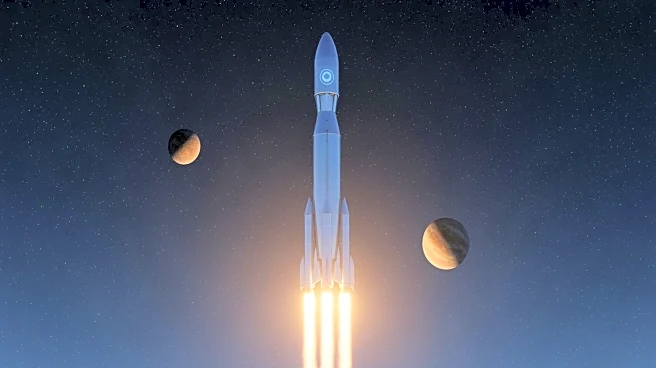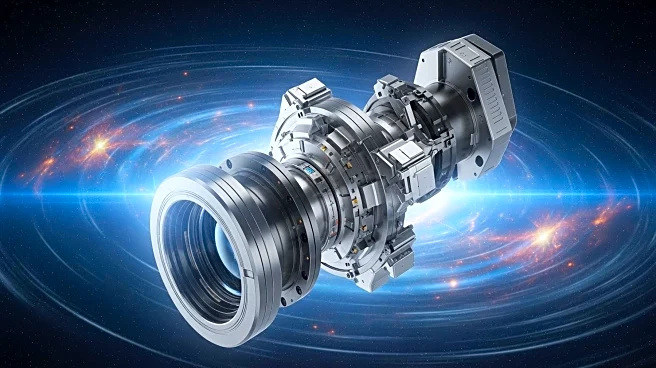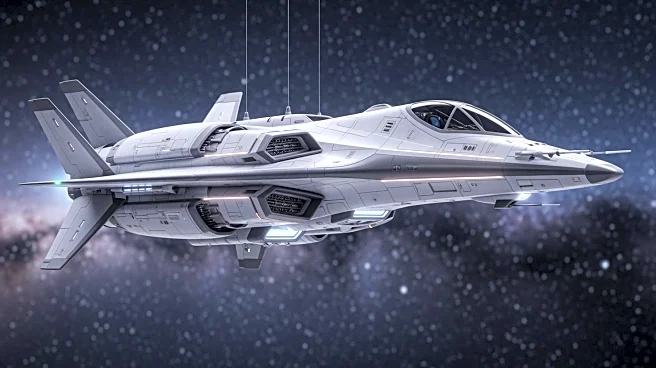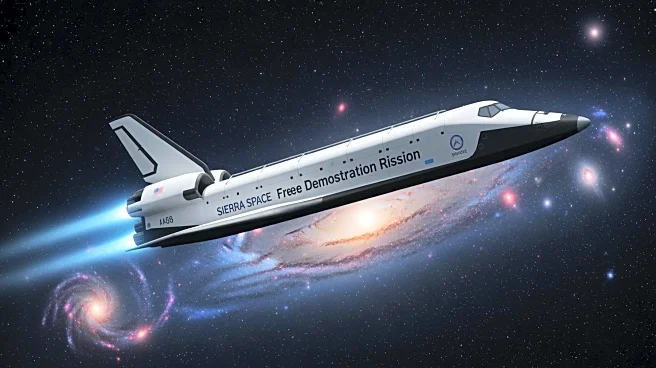What's Happening?
Japan has launched its new HTV-X cargo spacecraft on its inaugural mission to the International Space Station (ISS). Developed by Mitsubishi Heavy Industries for JAXA, the HTV-X is a successor to the H-II Transfer Vehicle and is designed to enhance Japan's
capabilities in space logistics. The spacecraft can carry up to 6,000 kilograms of cargo and features improved avionics and a reconfigurable interior. Unlike its predecessor, the HTV-X can remain operational in orbit for up to 1.5 years, allowing for extended missions and technology demonstrations.
Why It's Important?
The launch of the HTV-X marks a significant advancement in Japan's space program, reinforcing its role in international space collaboration. The spacecraft's extended operational capabilities and flexibility make it a valuable asset for future missions, including potential support for NASA's Gateway station in lunar orbit. This development enhances the diversity of the ISS cargo fleet and strengthens Japan's position as a reliable partner in space exploration. The HTV-X's success could pave the way for further innovations in space logistics and contribute to the global effort to establish sustainable human presence in space.
What's Next?
The HTV-X will join other cargo spacecraft in supporting the ISS, with its performance being closely monitored by JAXA and international partners. Its ability to conduct extended missions and technology demonstrations will be evaluated, potentially leading to new applications in space exploration. JAXA's vision for the HTV-X includes broader mission compatibility, which could see the spacecraft playing a role in future low Earth orbit operations and supporting lunar exploration initiatives. The success of this mission could influence future collaborations and technological developments in the space industry.
